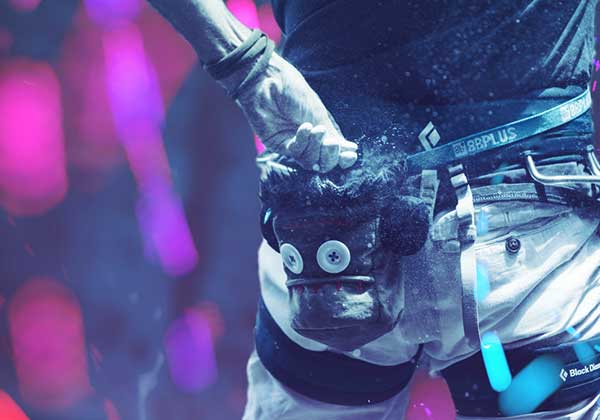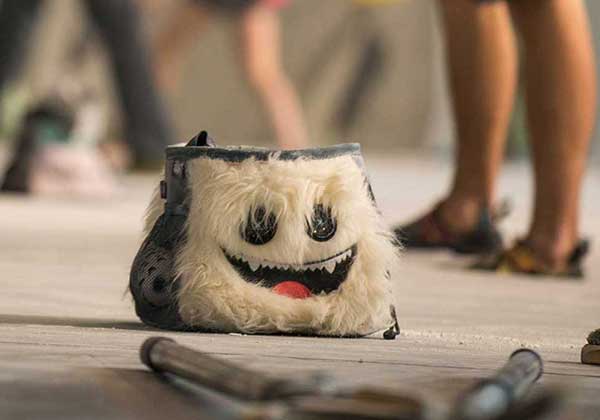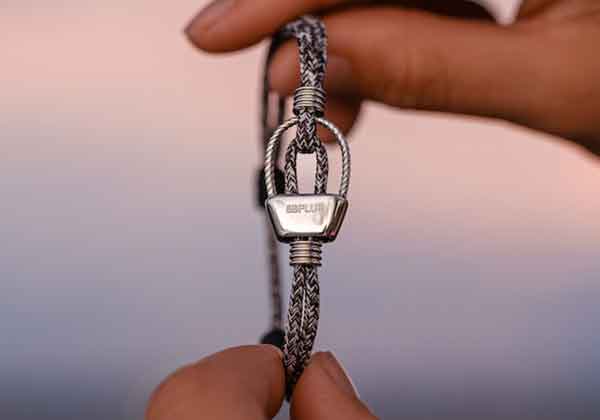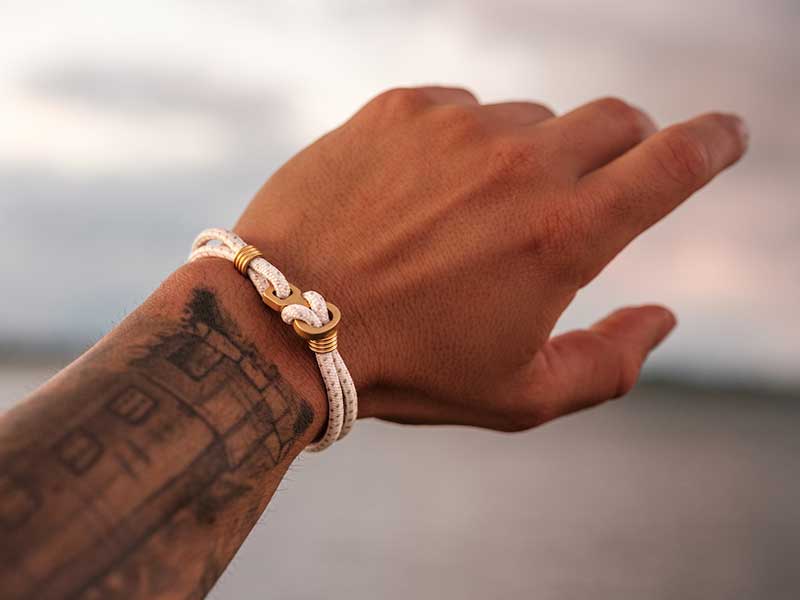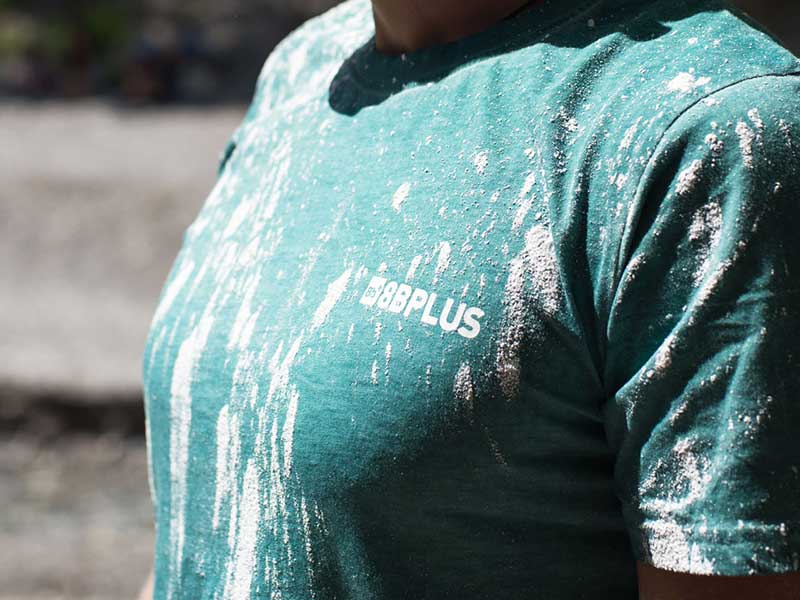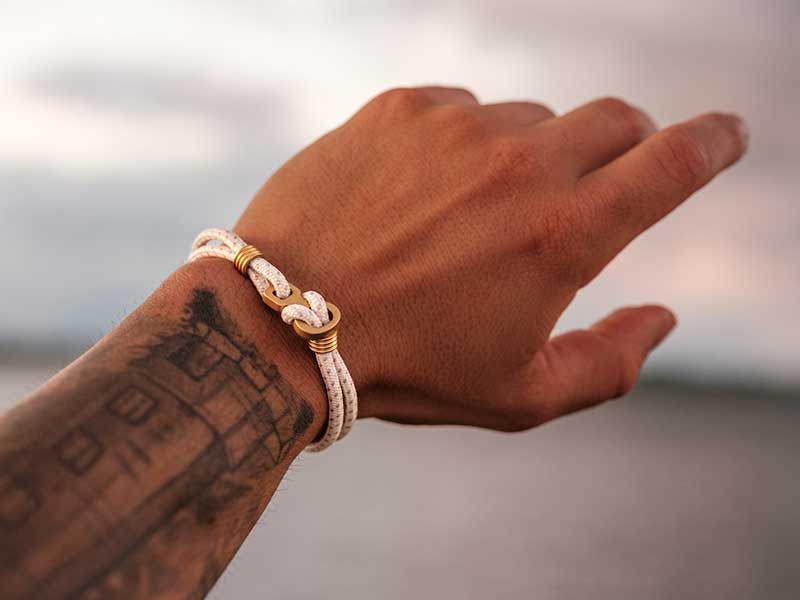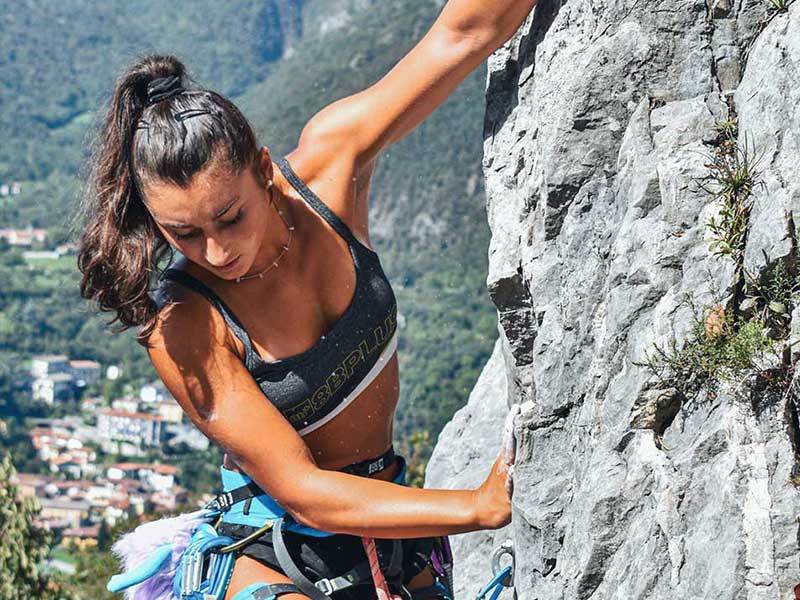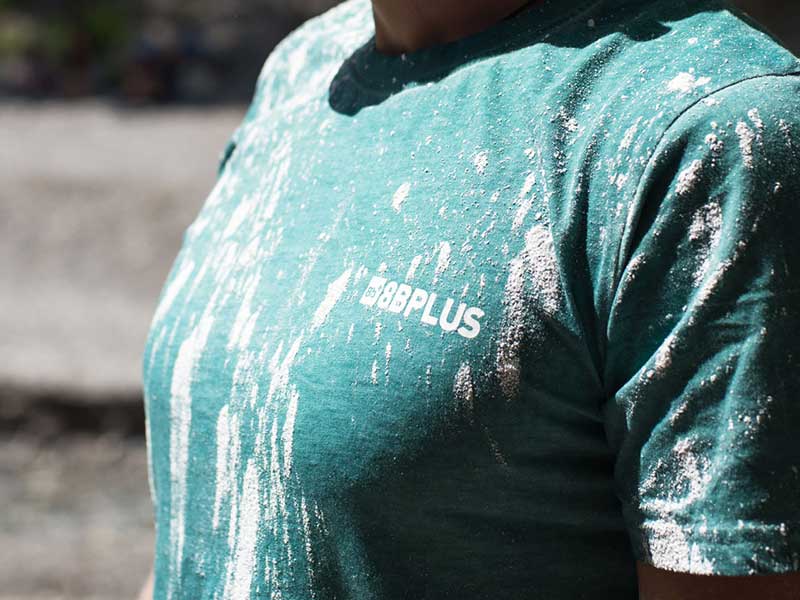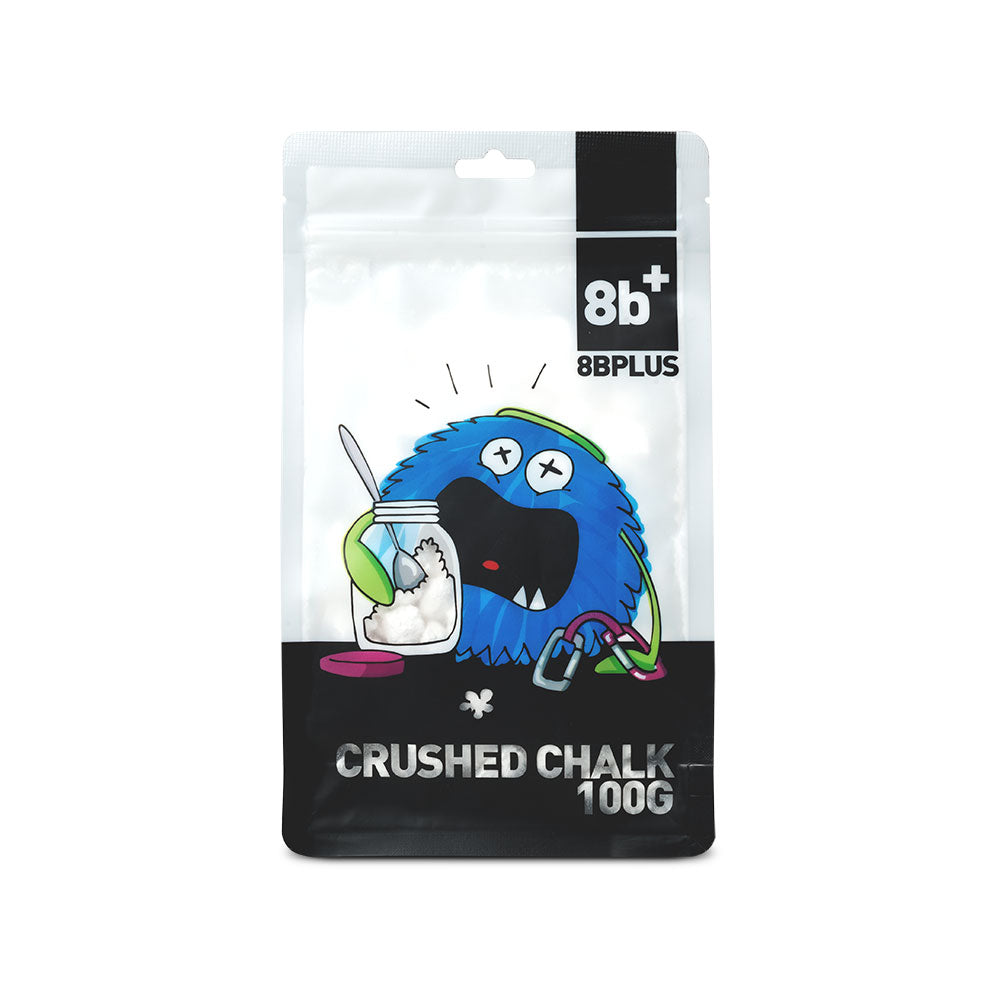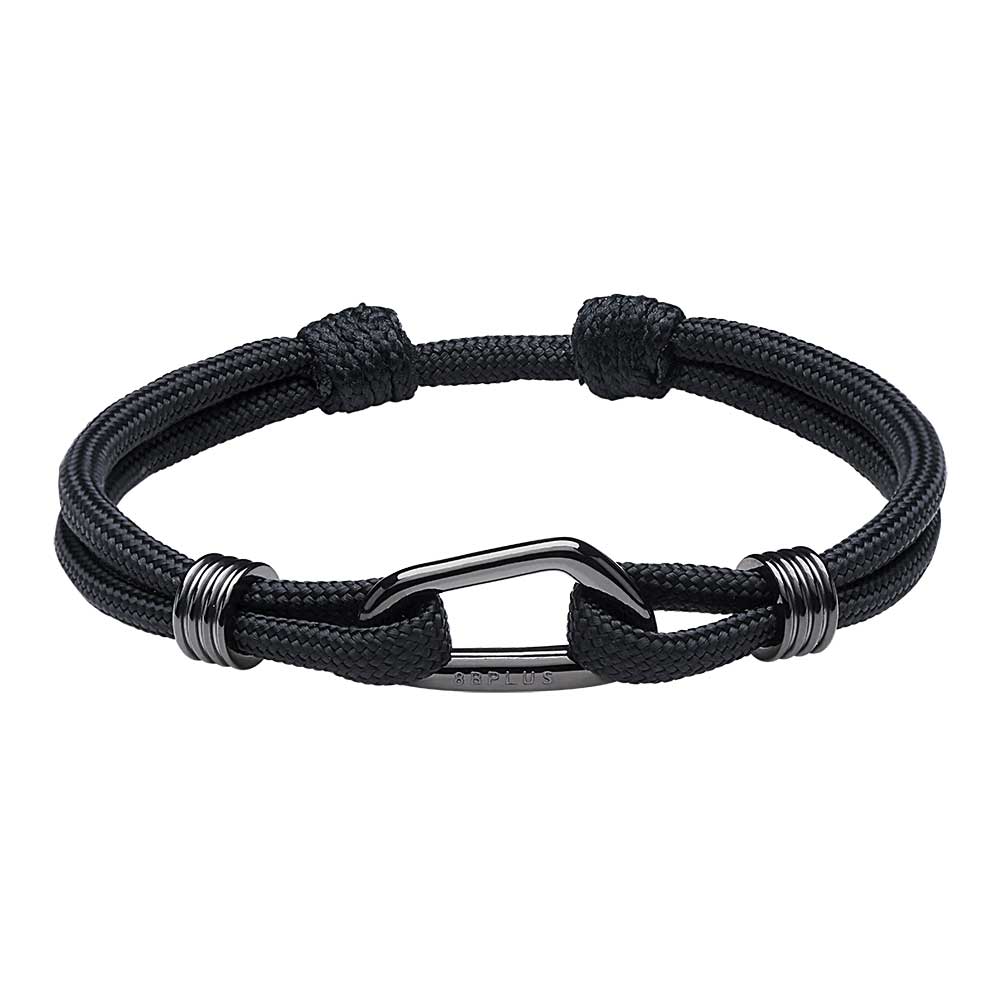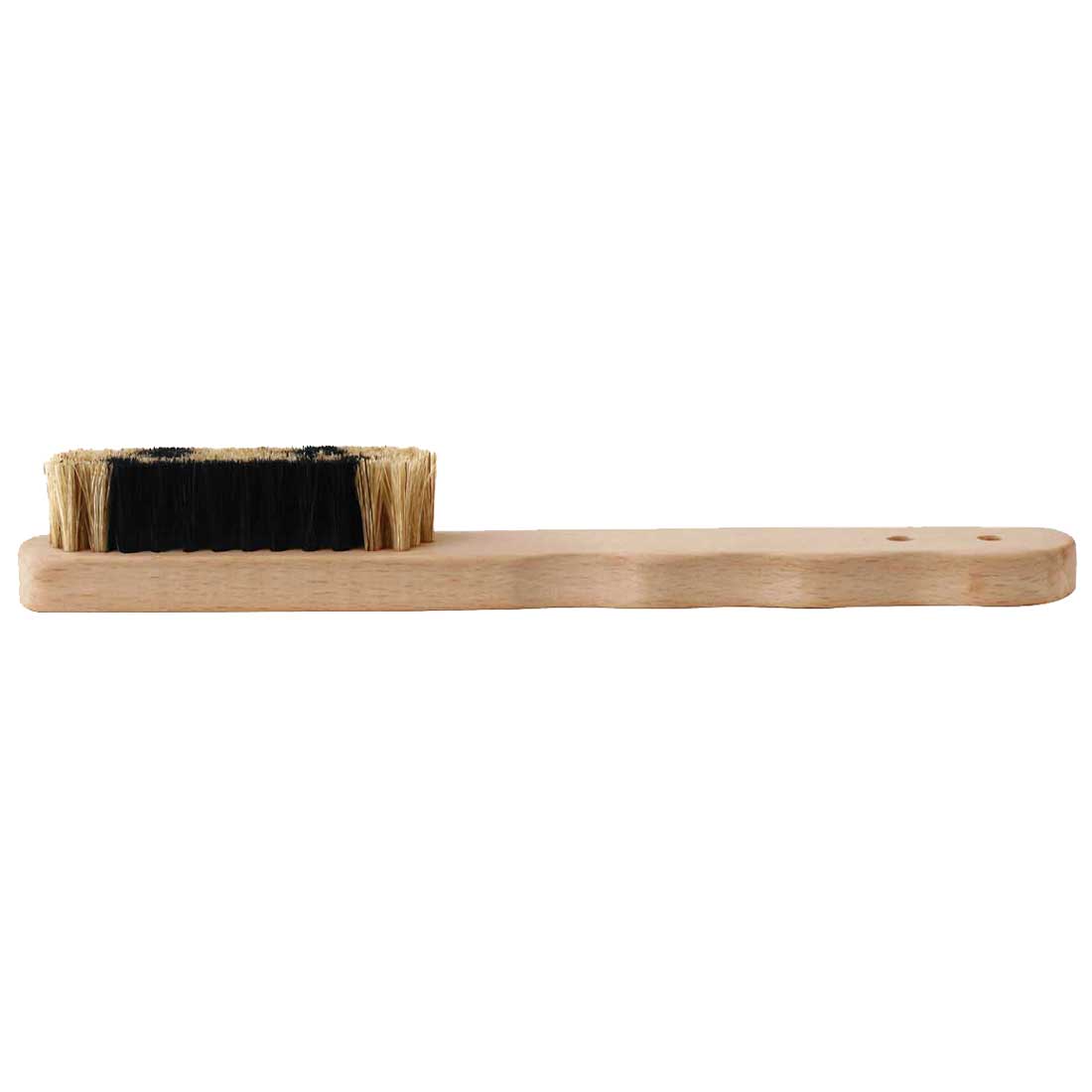
Stay Calm and Take Charge: How to NOT Freak Out
Every climber has experienced crippling fear, and in some ways, nightmarish terror is part of the fun (you might call it Type II Fun) – you can even think of a little freak-out as a rite of passage for many climbers. Damp palms, labored breathing, and cold sweats are at times unavoidable; however, if you let your fears get the best of you and dominate your thoughts while you’re climbing, you’re never going to develop into a well-rounded lead climber. Controlling your worries and emotions while you climb will not only help you become a better mountain athlete, it might even translate into your daily life, making you less anxious or less likely to freak out on the day-to-day.
Below, we’ve listed some tips and tricks for how to embrace and overcome the feeling of fear that might develop while you’re on lead climbs (or your top-rope climbs, we’re not here to judge). Keep in mind that not everything will work for everyone, and entirely ridding yourself of nervousness will always be impossible.
Pieces of Advice from the Experienced
Think Positively
Positive thinking can have enormous benefits for your physical and mental performance (for a complete review of the importance of positive thinking, we recommend you read the Happiness Advantage by Shawn Achor). Therefore, it’s crucial that you’re thinking positively about your climbing ability; ideally, you should be thinking positively before you even leave your house. When you pack your climbing bag, or you’re on your way to the crag, take a moment to excite yourself up and look forward to how great the day is going to be. Dwelling on the negatives and your fears will only compound your anxieties when you reach the climbing wall, instead, make positive thinking a habit.
Focus on the Goal
In the midst of our rock climbs, we tend to obsess on what might go wrong. The internal dialogue of many climbers is something like “my foot might slip,” “I can’t grab that hold,” “this is impossible,” or “I’m going to fall” – sound familiar? It’s imperative that you focus on the outcomes that you want to occur, so instead of freaking out try some active internal dialogue that is optimistic and goal oriented, such as “I am going to reach that hold” or “my foot is super solid here, so I’m 100% secure.”
Start Small
Sometimes climbers start to freak out because they’re on climbing routes that are way too real for their ability level. New climbers seem to expect that they will be climbing a more difficult grade every week, so things start to escalate way too quickly. A newbie that just learned to lead on 5.6 might suddenly find themselves trying to lead a 5.9 a few weeks later (either because they or their climbing partners were convinced it was a good idea), for most humans this progression is too quick/extreme. Start small, and stay small for a long while. Trying to climb routes that are radically beyond your skill level is a sure fire ticket to having a panic attack three pitches into your climb (or less).
Practice
Like most things, it’s essential to practice your rock climbing skills as much as possible. Even if you’re just out climbing simple/easy routes, being active on the climbing wall will help you keep your physical as well as mental abilities sharp.
You might commonly hear climbers refer to “getting their head straight.” Implying that they are physically equipped to climb routes, but not mentally equipped. There is some truth to this statement, and many climbers find themselves more prone to freaking out after a long hiatus from mountaineering. Frequently climbing and practicing your basic skills will keep your mind sharp, and will keep you calm during “heady” climbs.
Take a breath
Climbing panic attacks feel similar to a runaway train. You know that things are going wrong, but you can’t seem to stop it. In this circumstance, it is best to slow down and take a long calming breath BEFORE the train is moving at full speed. The best way to avoid climbing freakouts is not to let them get out of control before it’s too late. So if you have a good ledge to stand on, take a step back and assess your situation before plunging straight into your next anxiety-inducing move.
Fear is Okay, Freaking Out is Not
Climbing is supposed to be a little bit scary. If it weren’t scary, it wouldn’t be cool/fun, and if it weren’t cool, then nobody would want to climb. So the next time you’re freaking out on a rock climbing route, take a moment to slow down and apply some of the tips that we’ve listed above. Think positively (before you’ve even arrived at the climb), stay focused on your positive goals, start small and don’t progress too rapidly, and practice as much as possible (your brain and body will thank you). When in doubt, you can always take a breath and appreciate the magnificent views/opportunities afforded by rock climbing.
Never forget, climbing is pretty cool (even when you’re terrified). It’s supposed to be fun, not nightmarish, so don’t lose sight of that.

